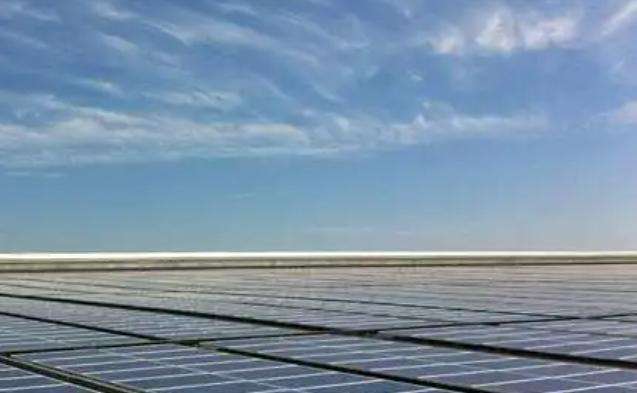The role of grounding of the main shaft of the turbine
Due to the uneven air gap (armature magnetic field) of the generator, when the large shaft oscillates radially, it cuts the magnetic lines of Force and generates shaft tension. When the large shaft has a ground point, a loop forms, thus forming a shaft current. The grounding carbon brush of the large shaft of the hydraulic turbine is intended to artificially guide the current from the shaft to the earth (the foundation of the generator) to prevent the current from the shaft from burning the surface of the tile as it passes through the water guide tile, eventually leading to increased friction and burning of the tile.
Turbine main shaft: The shaft that connects the turbine wheel to the generator rotor and transmits torque. English name: hydroturbine main shaft
A hydraulic turbine is an electrical machine that converts energy from flowof water into rotating mechanical energy. It is a turbine machine among fluid machines. As early as around 100 BC, the prototype of a hydraulic turbine – a waterwheel – appeared in China, used to lift irrigation and drive grain processing equipment. Modern hydraulic turbines are mainly installed in hydroelectric power stations and are used to drive generators to produce electricity. In a hydroelectric power station, water from the upstream reservoir is directed to the turbine via the bypass pipe, pushing the turbine wheel to rotate and driving the generator to produce electricity. The water that has finished its work is discharged downstream through the tailrace. The higher the water height and flow rate, the higher the power output of the turbine.
1. Overexcitation protection: Since the rated operating magnetic density of the gmodern large-scale generators and transformers is close to their saturation magnetic density, the consequences of overexcitation faults are more serious, and for the voltage and frequency of the generator-transformer group will deviate significantly from the rated value, and it can There may be an overexcitation fault caused by low frequency when the motor speed is low and the voltage is close to the rated value. Therefore, the generator-transformer group must be equipped with special protection against overexcitation.
2. Overload Protection: Acts as signal protection when the generator is operating above the rated load for a long period of time. Small and medium-sized generators are only equipped with stator overload protection; Large generators should be equipped with stator and winding overload protection respectively.ts field.
3. Stator winding overcurrent protection: When a short circuit occurs outside the longitudinal difference protection range of the generator and the short circuit component or circuit breaker protection refuses to work, this protection serves as a backup for external short circuit and also serves as vertical differential protection for protection.
Extended information:
The motor protector (motor protector) is based on Line detection Based on current change (including tap, positive sequence, negative sequence, zero sequence and overcurrent), it can detect phase failure or overload signal. In addition to the phase failure protection function, it also has overload and dropout protection functions.
The motor protector (protectormotor) is an important component of the power generation, power supply and energy consumption system. It is an energy-saving mechanical and electrical product that crosses industries, has large quantities and a wide range of products, and has significant energy saving effects. Penetrating almost all areas of electricity consumption.
This is an important guarantee for the normal production and safety of industry, agriculture, national defense construction and the lives of citizens. It occupies an irreplaceable position and role in the national economy and energy saving.
Baidu Encyclopedia-Generator InsuranceProtect














